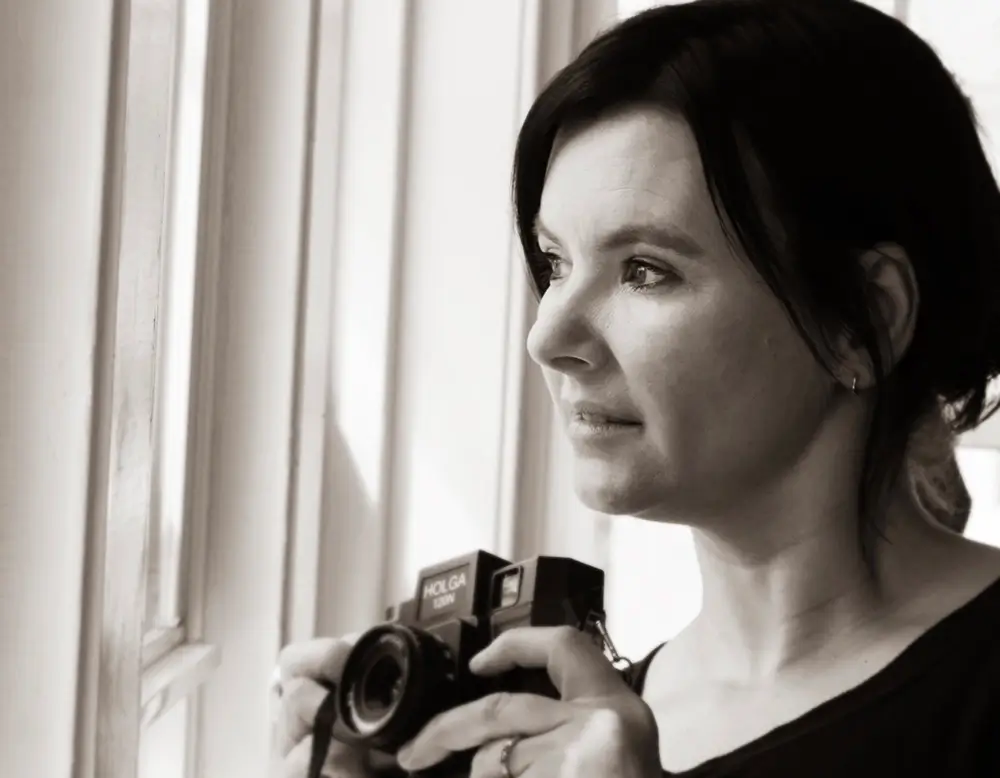Manuela Thames is a photographic artist based in Saint Paul, Minnesota where she lives with her husband and two children. Born and raised in Germany, she moved to the US in 2004 after marrying her American husband.
Her background is in nursing and alternative health, but around 2008 she began to focus solely on photography after two life changing events happened within one year, the birth of her first son and the death of her brother.
Manuela uses various photographic techniques to explore themes around loss and grief, her personal experience with generational trauma, as well as the notions of belonging, connection and what it means to be human. Within that she continues to explore human ways of coping, the strength that evolves out of suffering and our common desire for healing and journey towards wholeness. Much of her work consists of black and white, conceptual self-portraits.
Manuela’s photography has been described as contemplative, evocative, and cinematic and has been widely exhibited nationally as well as internationally. Her “Trauma” series won 1st place conceptual series of the year in the Monovisions Award in 2019, and in the same year she won the 13th Julia Margaret Cameron Award in the Self-Portrait Category. In addition, her work has been published online and in print in such places as Black and White Magazine, Sun Magazine, Dohdo Magazine and Shots Magazine.
She teaches workshops privately and through various places such as Santa Fe Workshops, LA Center of Photography, SE Center of Photography, and offers mentoring services as well.
